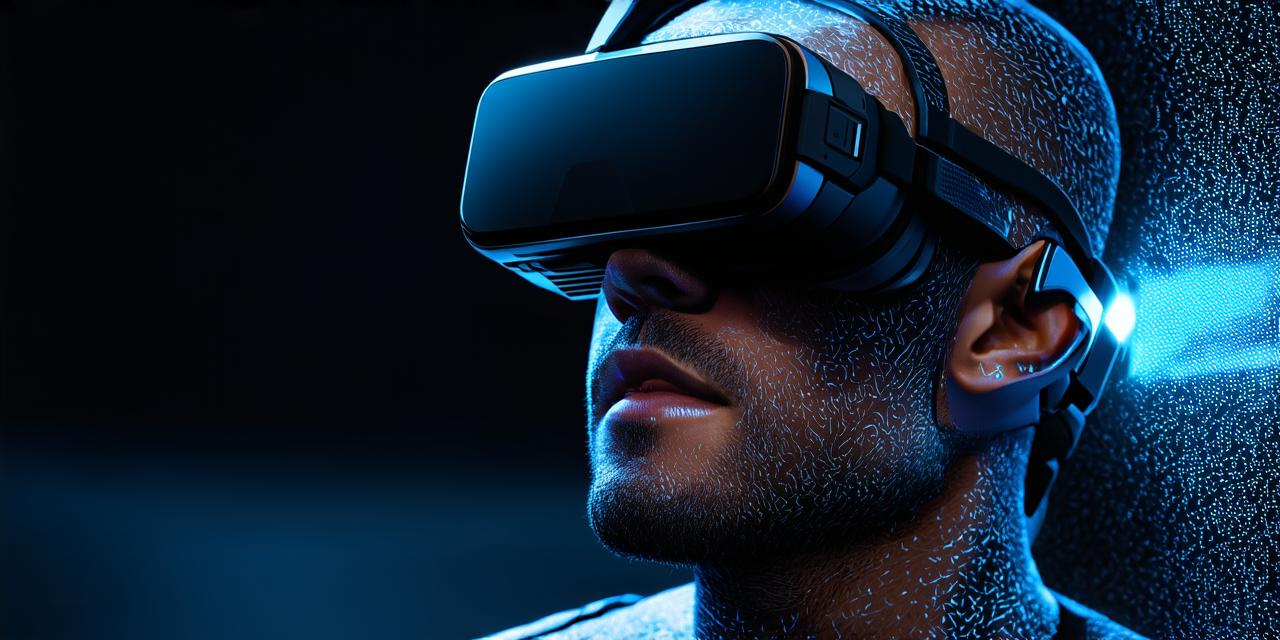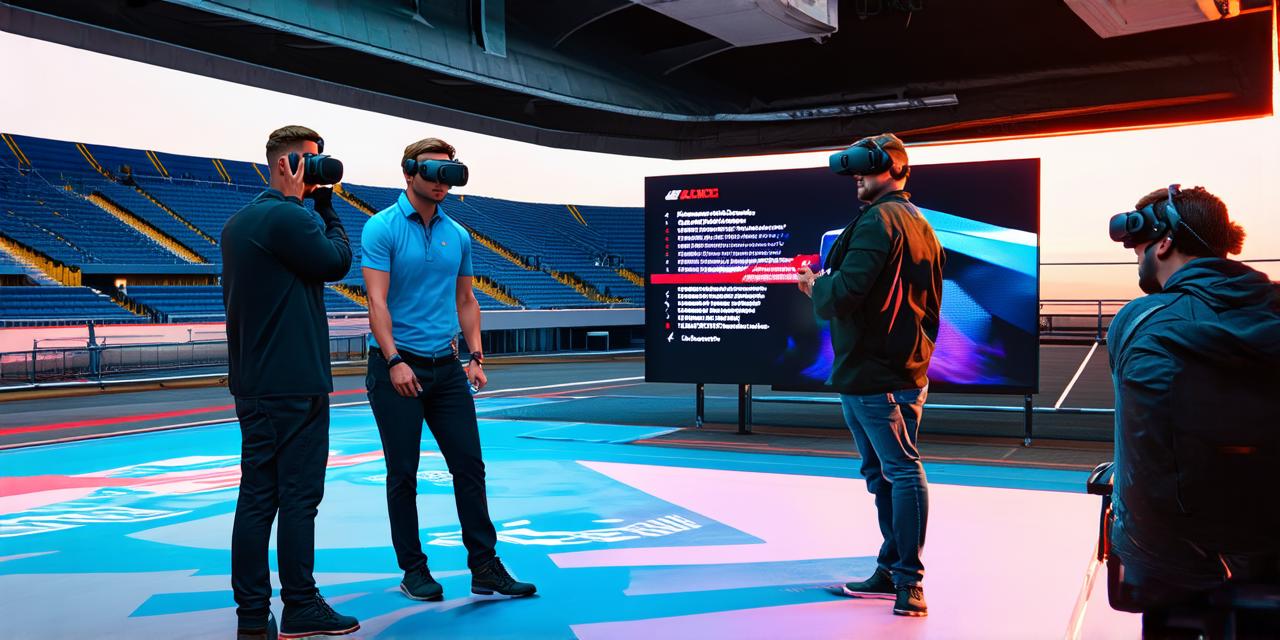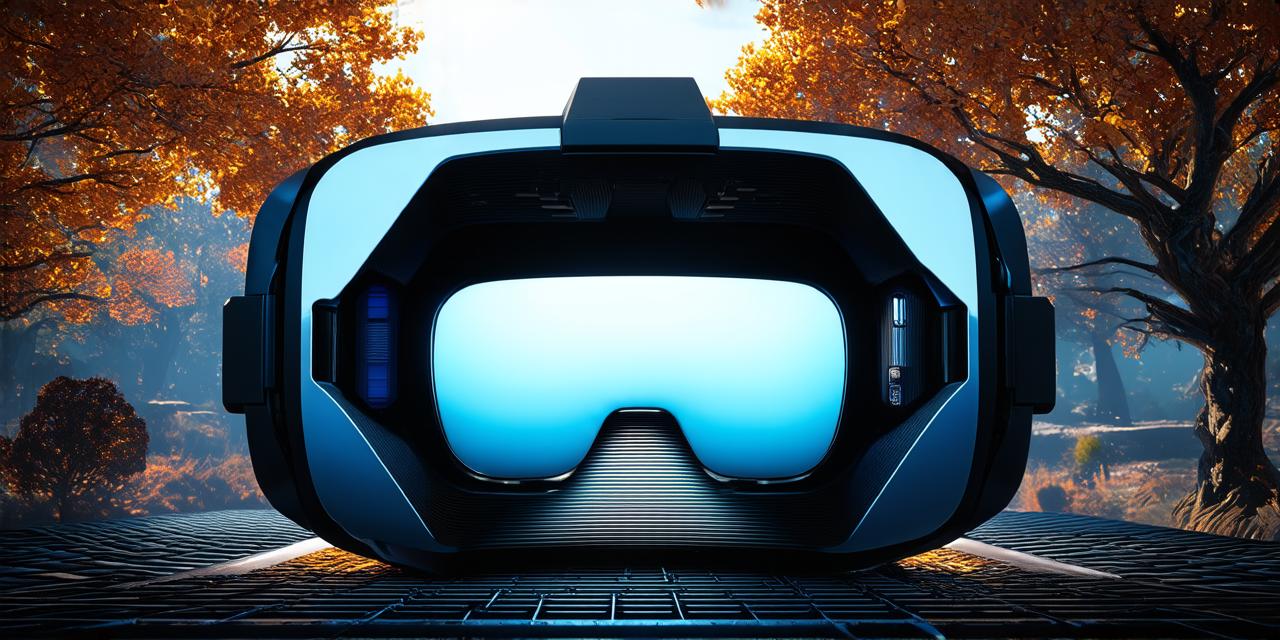
Virtual reality (VR) apps have come a long way since their inception, and they are quickly gaining traction in industries ranging from gaming to education to healthcare.
1. Understand Your Audience
Before you start developing your VR app, it’s important to understand your target audience. Who are they? What are their needs and pain points? What motivates them? By answering these questions, you can create an app that truly addresses the needs of your users and provides a valuable experience for them.
For example, if you’re creating a VR app for the education industry, you may want to consider the needs of students, teachers, and administrators. You could conduct surveys or focus groups to gather feedback on what features and functionalities would be most useful in an educational VR app.
2. Create an Immersive Experience
One of the key advantages of VR apps is their ability to create a fully immersive experience for users. By placing them in a virtual environment, you can transport them to another world and allow them to interact with it in ways that would be impossible in the real world.
To create an immersive experience, you’ll need to pay attention to details such as lighting, sound, and movement. You’ll also need to consider how users will navigate through the virtual environment and what interactions they’ll have with objects within it. By designing an app that provides a fully immersive experience, you can create a sense of presence and engagement that will keep users coming back for more.
3. Use Real-World Data to Inform Your App
To create an impactful VR app, you’ll need to use real-world data to inform your design decisions. This could involve collecting data on user behavior, analyzing market trends, or conducting research into best practices in the industry.
For example, if you’re creating a VR app for the healthcare industry, you may want to analyze data on patient outcomes and satisfaction rates to determine what features and functionalities would be most effective in improving patient care. By using real-world data to inform your design decisions, you can create an app that truly addresses the needs of your target audience and provides a valuable experience for them.
4. Incorporate Gamification Elements
Gamification is the process of adding game-like elements to non-gaming contexts to make them more engaging and fun. By incorporating gamification elements into your VR app, you can create a sense of competition, achievement, and excitement that will motivate users to keep using it.
For example, if you’re creating a VR app for the fitness industry, you may want to incorporate leaderboards, achievements, and rewards to incentivize users to exercise more frequently and achieve their fitness goals. By incorporating gamification elements into your app, you can create a sense of fun and excitement that will keep users coming back for more.
5. Use Storytelling to Engage Users
Storytelling is a powerful tool for engaging users and creating emotional connections with them. By using storytelling in your VR app, you can create a sense of narrative and meaning that will resonate with your target audience.




